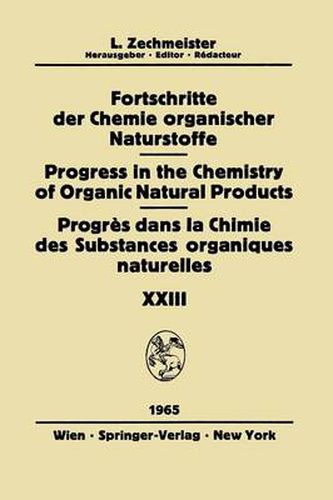Readings Newsletter
Become a Readings Member to make your shopping experience even easier.
Sign in or sign up for free!
You’re not far away from qualifying for FREE standard shipping within Australia
You’ve qualified for FREE standard shipping within Australia
The cart is loading…






This title is printed to order. This book may have been self-published. If so, we cannot guarantee the quality of the content. In the main most books will have gone through the editing process however some may not. We therefore suggest that you be aware of this before ordering this book. If in doubt check either the author or publisher’s details as we are unable to accept any returns unless they are faulty. Please contact us if you have any questions.
Sulfonium compounds have been known to the organic chemist for almost 90 years. During most of this period they remained curiosities, well suited for didactic purposes to illustrate certain similarities to ether adducts and to organic ammonium compounds. Their exploration remained largely in the academic realm, because no unusual practical applications were found in spite of a steady increase in the attention paid to them. An event that occasionally puts a class of compounds into the center of interest is the recognition of its occurrence in nature and of special biological significance. The first natural sulfonium compound was discovered less than 20 years ago, somewhat by chance rather than as the climax of some coveted biochemical problem. Gradually, however, the unique role of sulfonium compounds, especially of S-adenosyl- methionine, in enzymatic group transfer reactions such as trans- methylation was recognized, and the recent upsurge of interest has been exceptional. The present review is directed toward an interpretation of the properties and functions of biological sulfonium compounds with frequent reference to their structural chemistry. The data presented here may suggest novel or improved analytical techniques and new interpretations of the mechanism of group transfer. Furthermore, a stimulus may be derived for the design of sulfonium compound analogues. The availability of competitive analogues of biochemical key compounds has aided in the understanding of the function of virtually all metabolic intermediates, prosthetic groups of enzymes, vitamins, amino acids, and other compounds. The pattern will be similar in sulfonium biochemistry.
$9.00 standard shipping within Australia
FREE standard shipping within Australia for orders over $100.00
Express & International shipping calculated at checkout
This title is printed to order. This book may have been self-published. If so, we cannot guarantee the quality of the content. In the main most books will have gone through the editing process however some may not. We therefore suggest that you be aware of this before ordering this book. If in doubt check either the author or publisher’s details as we are unable to accept any returns unless they are faulty. Please contact us if you have any questions.
Sulfonium compounds have been known to the organic chemist for almost 90 years. During most of this period they remained curiosities, well suited for didactic purposes to illustrate certain similarities to ether adducts and to organic ammonium compounds. Their exploration remained largely in the academic realm, because no unusual practical applications were found in spite of a steady increase in the attention paid to them. An event that occasionally puts a class of compounds into the center of interest is the recognition of its occurrence in nature and of special biological significance. The first natural sulfonium compound was discovered less than 20 years ago, somewhat by chance rather than as the climax of some coveted biochemical problem. Gradually, however, the unique role of sulfonium compounds, especially of S-adenosyl- methionine, in enzymatic group transfer reactions such as trans- methylation was recognized, and the recent upsurge of interest has been exceptional. The present review is directed toward an interpretation of the properties and functions of biological sulfonium compounds with frequent reference to their structural chemistry. The data presented here may suggest novel or improved analytical techniques and new interpretations of the mechanism of group transfer. Furthermore, a stimulus may be derived for the design of sulfonium compound analogues. The availability of competitive analogues of biochemical key compounds has aided in the understanding of the function of virtually all metabolic intermediates, prosthetic groups of enzymes, vitamins, amino acids, and other compounds. The pattern will be similar in sulfonium biochemistry.